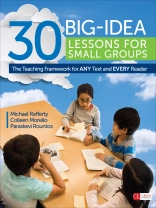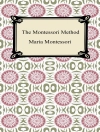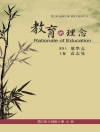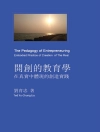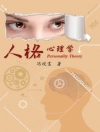Intermediate grade readers are not an M, an N, or an O—they’re idea-wranglers, ready to comprehend when we honor who they are as thinkers first
In 30 Big Idea Lessons for Small Groups, educators Rafferty, Morello, and Rountos provide an amazing framework that gets students interacting with texts. You prompt and guide, but they think! Big-Idea groups are the piece that’s been missing from small group instruction: engagement from the get-go.
Follow this unique 4-part process to develop students’ literal, inferential, evaluative, and analytical skills:
Tap into 30 lessons organized by text complexity, reproducible forms, assessments, and a bank of engagement tools so you can switch it up. Use these lessons across the year as a warm up to a whole-class novel, to augment your core reading program, to challenge your capable readers and bring your striving readers in to rich yet accessible reading experiences.
Daftar Isi
Chapter 1. Big-Idea Groups: Scaffolded Reading Instruction Where Engagement Rules
The Ultimate Goal: Real Student Independence
Now Look at Student Independence During Big-Idea Groups
Four Facets of the Framework
How Big-Idea Groups Fit Within Other Small-Group Models
A Few Important Frameworks for Reading Closely
The Effective Environment Around Close Reading
What About Guided Reading and Strategic Reading?
What’s Ahead in This Book?
An Introductory Big-Idea Lesson
On Another Day: Adapting the Introductory Lesson With an Informational Text
The Great White Space
Chapter 2. The Lesson Design
The Tweaks to DRTA
Five Phases of the Lesson
Time Factors
When to Begin?
How Do They Fit Within Units of Study?
A Trial Run: The ‘Why’ Behind Each Phase
Phase 1: Engaging
Phase 2: Discussing
Phase 3: Deep-See Thinking
Phase 4: Connecting
Phase 5: Assessing
Chapter 3. The Tools of Engagement
Interesting Texts
Collaboration
Autonomy
Real-World Instruction
Coherence
Expository Expectation Map
Important Versus Interesting
Ranking Characters
Ranking the Table of Contents
Semantic Word Ranking
Sketch-to-Stretch
Staircase Label
Vocabulary Karaoke
Teacher Involvement
Chapter 4. The 30 Lesson Planners
Chapter 5. Transferring Thinking Across the Day
Teacher Variety During Small-Group Instruction in the Reading Block
Agency: The Ability to Fly on Your Own
Connecting Conferring to Big Ideas Across the Day
Creating a Community Connecting to a Common Beacon
Making Homework a Matter Worth Doing
Chapter 6. Assessing Readers Within and Beyond the Group
The Rubric
Classroom Examples
Phase 1: Engaging
Phase 2: Discussing
Phase 3: Deep-See Thinking
Phase 4: Connecting
Responsible Talk
Assessing Speaking and Listening
Tracking Data to Help Drive Instructional Adjustments
Chapter 7. Useful Forms and Lists for Big-Idea Groups
Tactile Tool Forms
Box and Bullets
Character Karaoke
Charting the Chapters
Moving to Make Meaning
Pyramid of Perspectives
Semantic Circle
Tactile Chart
Vocabulary Karaoke
Topics Card
Other Big-Idea–Worthy Texts
Formative Assessment Data Sheet
Build Your Own Big-Idea Lessons Kit
Tentang Penulis
Paraskevi Rountos has been a Language Arts Specialist in Fairfield, CT for eight years. She has coached and modeled lessons for teachers of Grades Kindergarten through 5th Grade. She has also worked with students requiring reading intervention. Prior to being a Language Arts Specialist, Paraskevi taught 1st Grade in New York, NY and in Wilton, CT. She has presented numerous professional learning sessions to classroom teachers, Special Education teachers, paraprofessionals, and parents on topics including small group instruction, higher level thinking and reading response, running records and miscue analysis, decoding strategies, comprehension, and implementing Reading and Writing Units of Study. Paraskevi has served on several district and school wide committees that focused on assessment and curriculum writing aligned to the Common Core State Standards.
